Safe Work Australia has released a new model Code of Practice to provide practical guidance to employers on how to manage health and safety risks related to fatigue at work.
This fact sheet for small businesses outlines how you can manage the risks from fatigue and meet your work health and safety (WHS) duties. It covers:
This fact sheet provides general information about fatigue and fatigue management for workers. It covers:
Note: While this guide was developed during the COVID-19 pandemic, it provides useful information on how to undertake routine cleaning, and cleaning and disinfection following a case or suspected case of COVID-19, in a non-healthcare workplace.
Work health and safety (WHS) ministers have agreed to the new WEL list and a harmonised transition period ending on 30 November 2026. This change comes after extensive work and consultation to revise the Workplace exposure standards for airborne contaminants (WES).
In May 2023, Safe Work Australia commissioned the University of Adelaide to undertake a literature review and gap analysis of the scientific evidence to inform recommendations related to the three options for prohibition on the use of engineered stone in Australia.
This Decision Regulation Impact Statement (Decision RIS) provides an analysis of the impact of a prohibition on the use of engineered stone under the model WHS laws.
Workers’ compensation is a type of insurance that helps support eligible workers who get sick or injured at work, including while working from home.
These principles outline a set of considerations for effectively communicating with workers about workers’ compensation.
The principles cover content, delivery and tone of communication.
Safe Work Australia has published updated work health and safety guidance for tree work.
The Guide to managing the risks of tree work updates the previous Guide to managing risks of tree trimming and removal work.
This Decision regulation impact statement (Decision RIS) provides an impact analysis of the regulatory and non-regulatory options to manage the risks of respirable crystalline silica at work.
Slips, trips and falls result in tens of thousands of injuries every year in Australian workplaces.
This infosheet has information about managing the risks of slips, trips and falls.
Use this guide if you manage diesel exhaust exposures at the workplace.
Exposure to diesel exhaust can cause eye, nose, throat and lung irritation, and suffocation. Long-term exposure can:
This Decision Regulation Impact Statement (RIS) is the result of Safe Work Australia’s review of the current toxicological information and overseas trends in the regulation of lead in the workplace.
Developed to provide laboratories and analysts with a consistent methodology for the sampling and analysis of airborne asbestos fibres in workplaces.
This infographic has information about working safely in bushfire smoke.
For more information go to the Working outside page
Use this guide if you manage risks to workers exposed to diesel exhaust at the workplace, including:
-
drive-in booth operators
-
miners
-
construction workers
-
oil and gas workers
This infographic style poster describes three key steps to help you work safely when there is bushfire smoke in your area.
-
PREPARE: Preparing ahead of the bushfire event.
Resources relevant to remote and isolated work
As a PCBU, if your workers are working on or near a public road there are some extra risks you must consider. Make sure you contact your local road authority for advice before you start work on a public road.
An emergency plan contains instructions of what to do in an emergency at your workplace. Your emergency plan must be tailored to your workplace. Find out how to draft an emergency plan and what to consider when making one.
Work health and safety (WHS) laws apply when workers work from home just as they do in traditional workplaces such as offices.
First aid can mean the difference between life and death. As a person conducting a business or undertaking (PCBU), you have specific obligations relating to the provision of first aid at your workplace.
Working alone or remotely can increase the health and safety risks of any job. Workers may be isolated from support and assistance because of where or when they’re working, or the nature of their work they are doing.
This report provides detailed information about:
This document outlines the criteria to assign a skin notation to a chemical.
This document outlines the chemicals that will be added to and removed from the workplace exposure standards (WES) list.
You can also see the:
Why has this research been done?
- To better understand the prevalence of workplace bullying and harassment in Australian workplaces and to identify workplace risk factors associated with the occurrence of bullying and harassment.
What did we find?
- B
Why has this research been done?
-
Sickness absence and presenteeism have a direct impact on organisation productivity
This Code of Practice provides practical advice for persons conducting a business or undertaking (PCBUs) and other duty holders on managing risks associated with stevedoring. It applies to all workplaces where stevedoring operations are carried out.
Use this information sheet if you, or the workers you manage, unpack shipping containers.
These information sheets have information on:
Use this information sheet if you, or the workers you manage, unpack shipping containers that have been fumigated with methyl bromide.
Methyl bromide is used as a fumigant to stop pests, like insects, from being imported into Australia.
Use this information sheet if you measure and assess vibration at the workplace.
This information sheet is part of a workplace vibration collection, including:
This Guide provides information on managing the risks of unauthorised persons working near low voltage overhead service lines near structures and buildings.
Use this guide to manage risks with traffic movements in shopping centres.
This guide is part of a collection with:
Why has this research been done?
Two important aspects of safety climate are management safety empowerment and management safety justice, which are the perceived degree to which employers respectively empower their workers to influence aspects of their own safety and deal with hea
